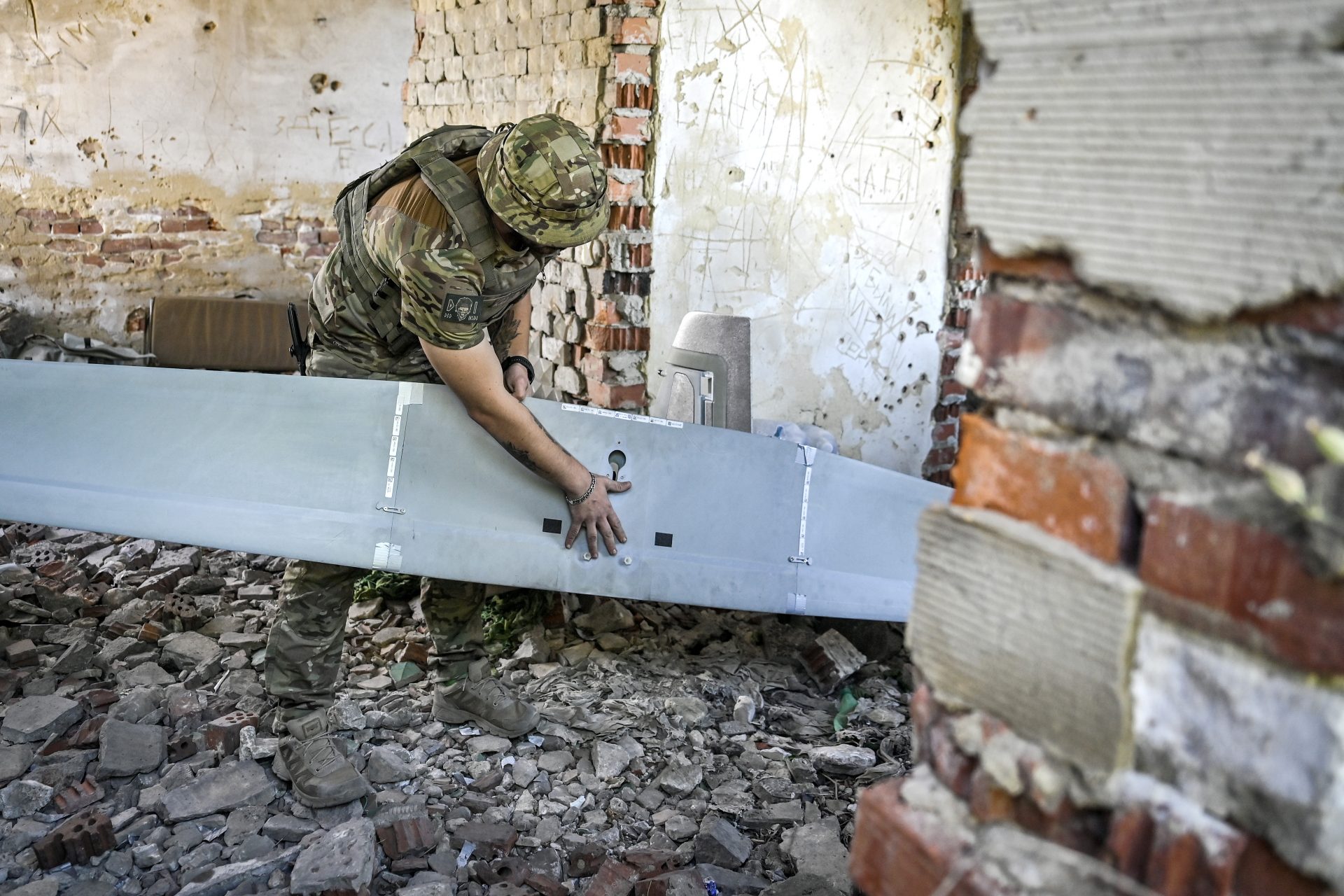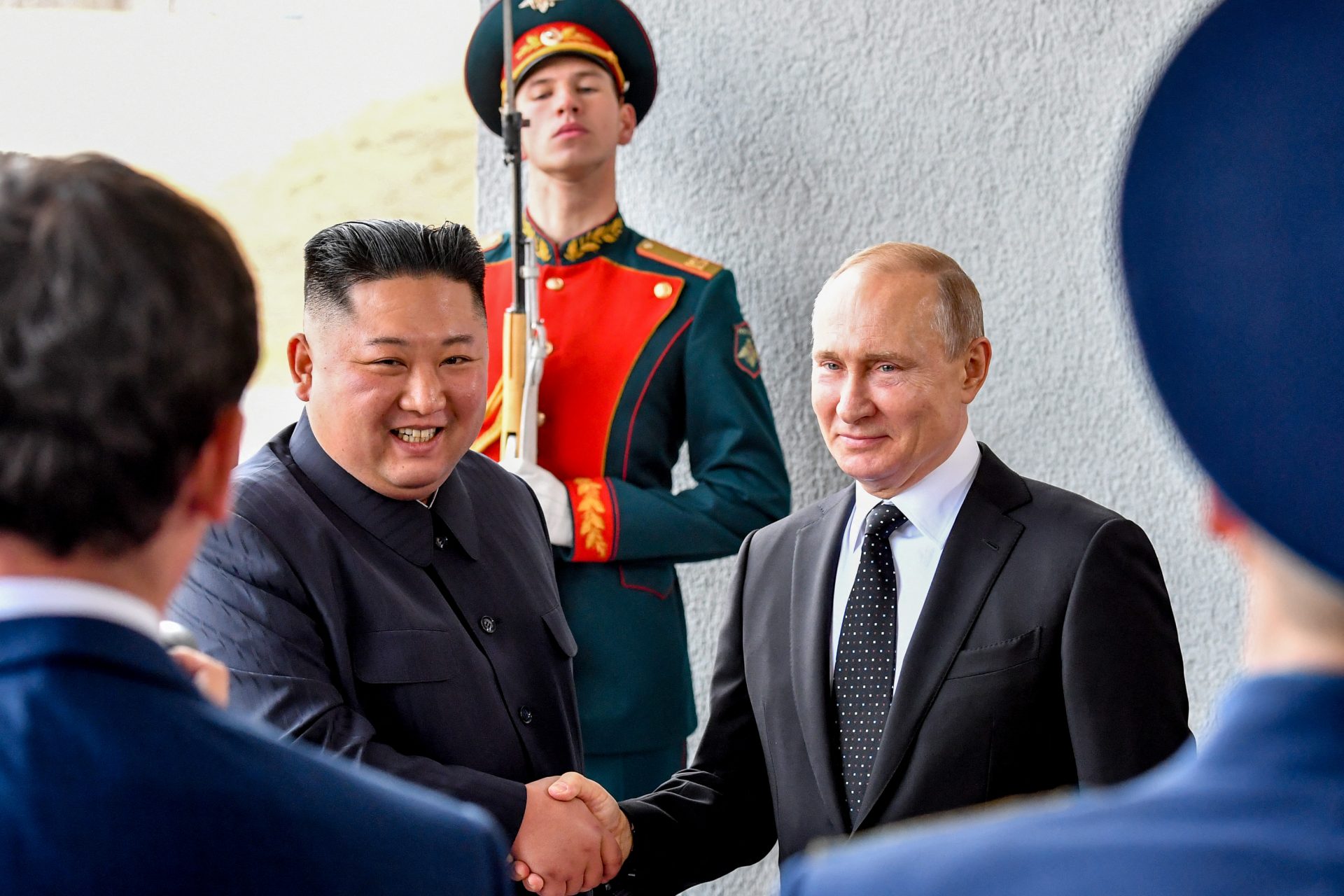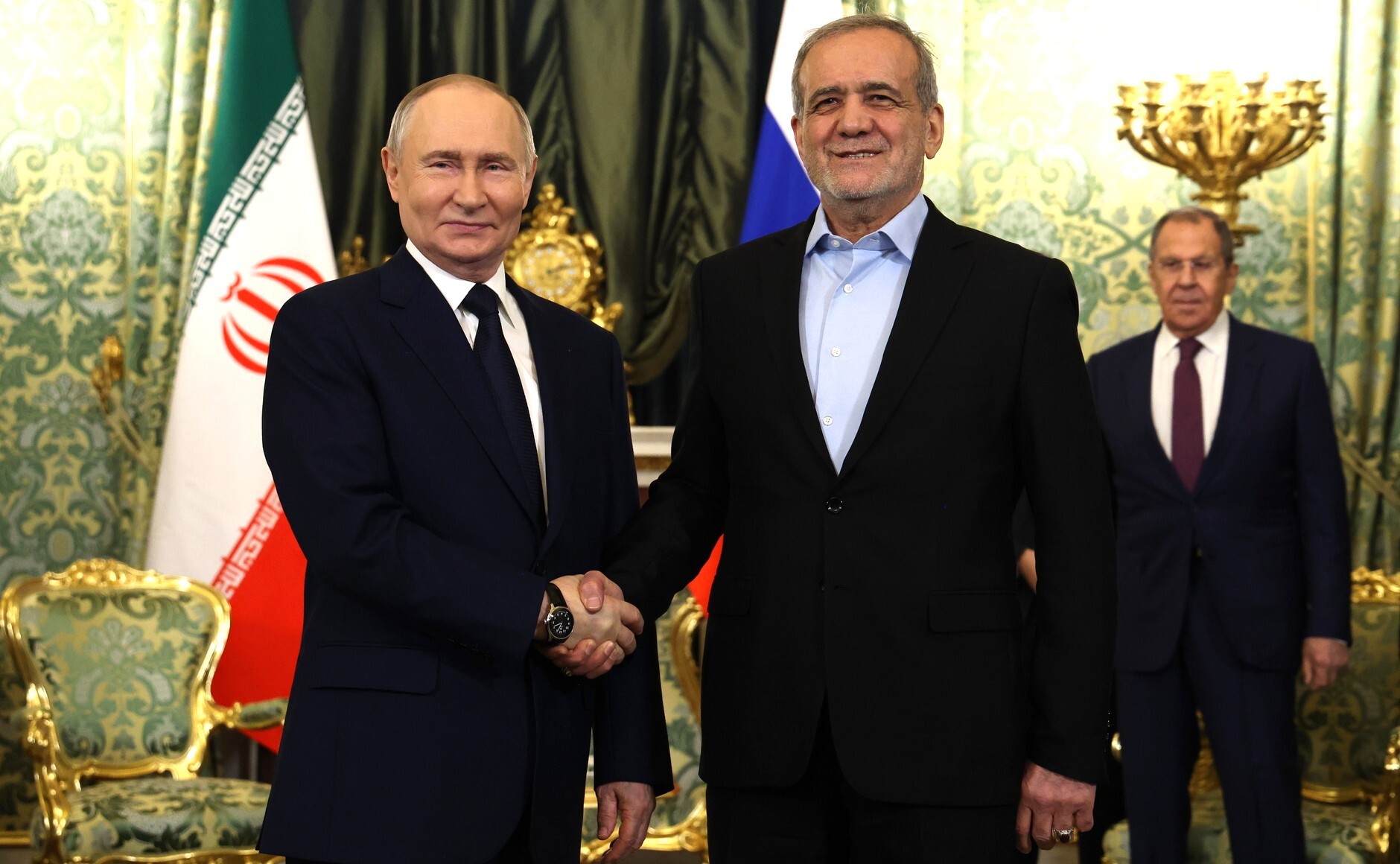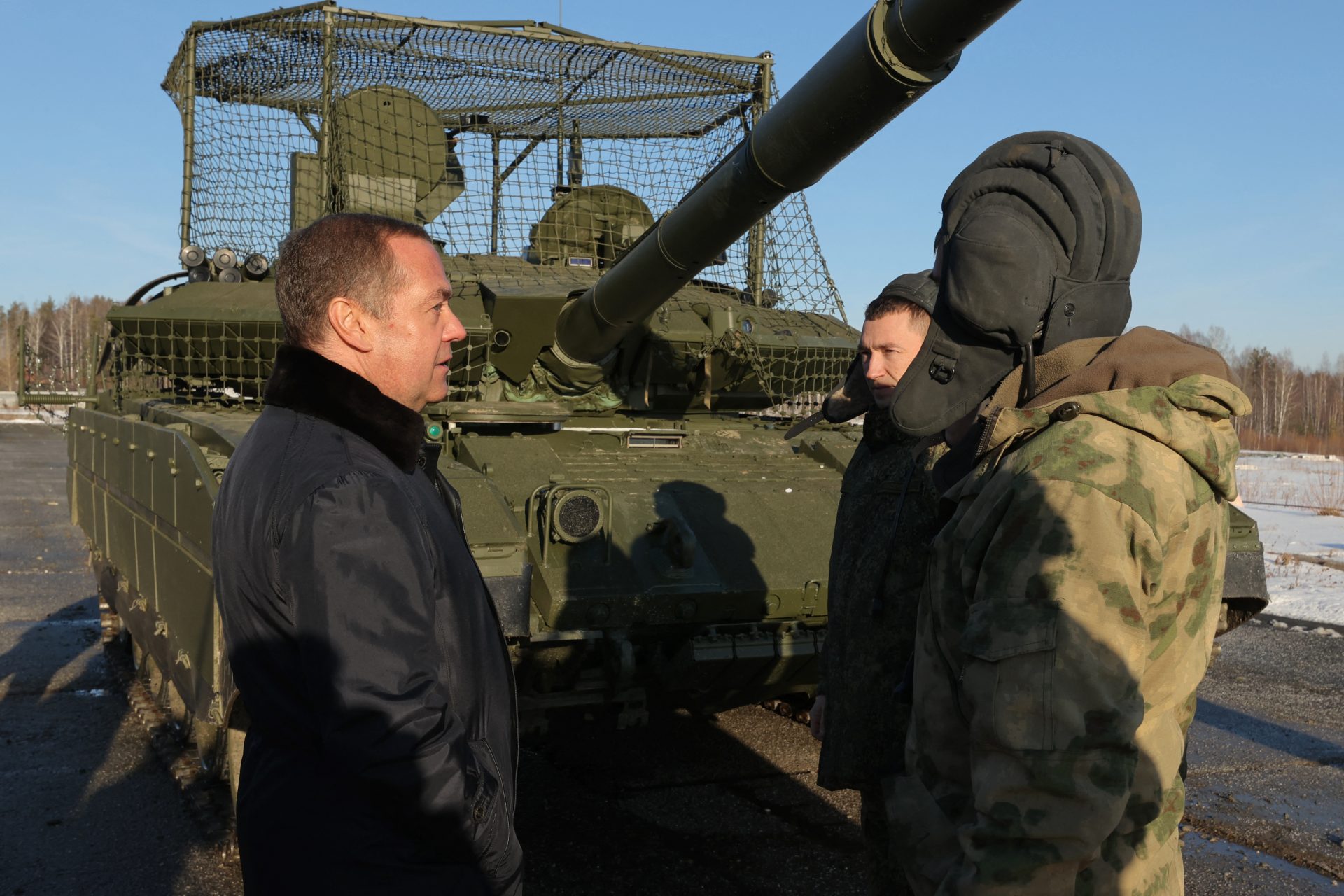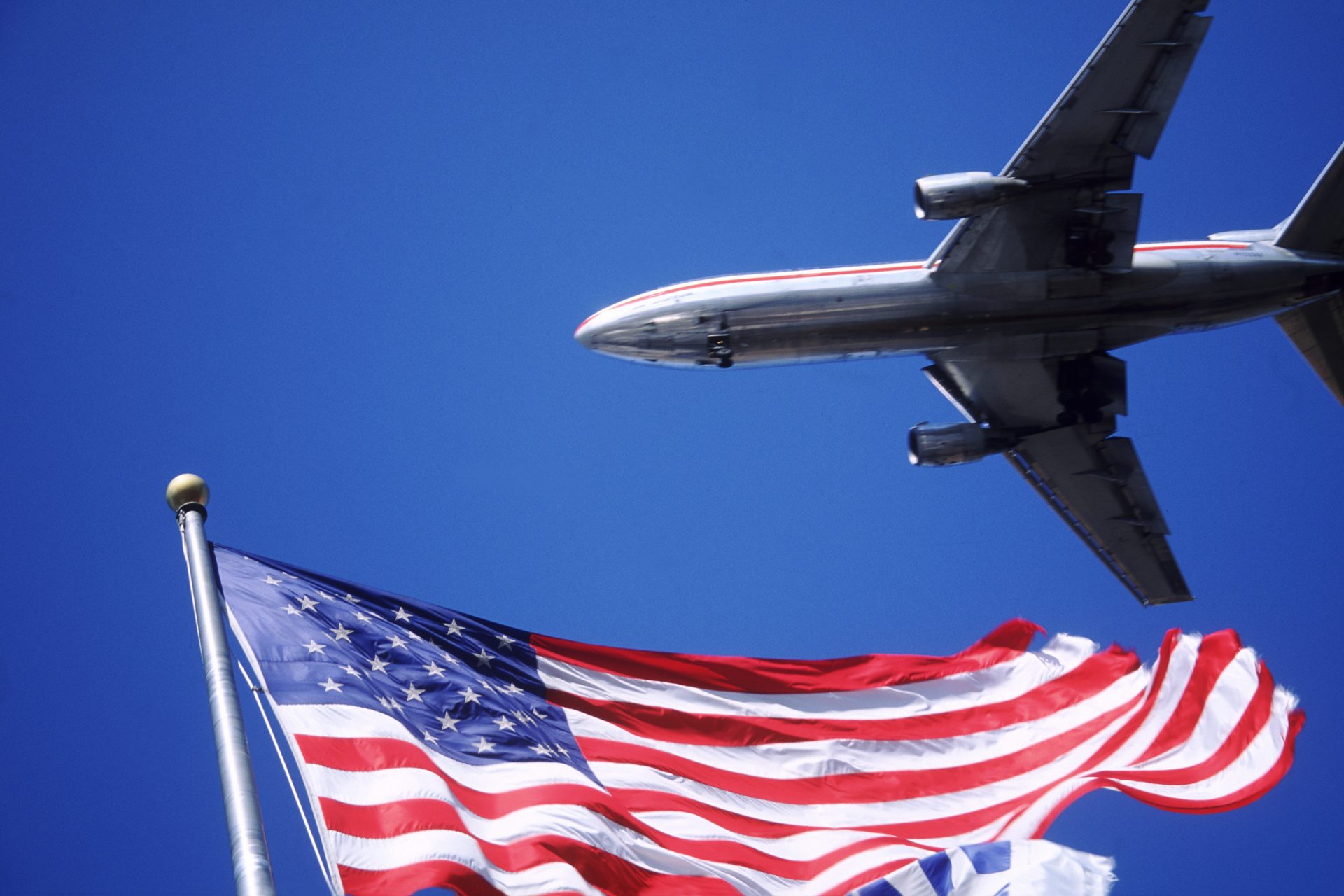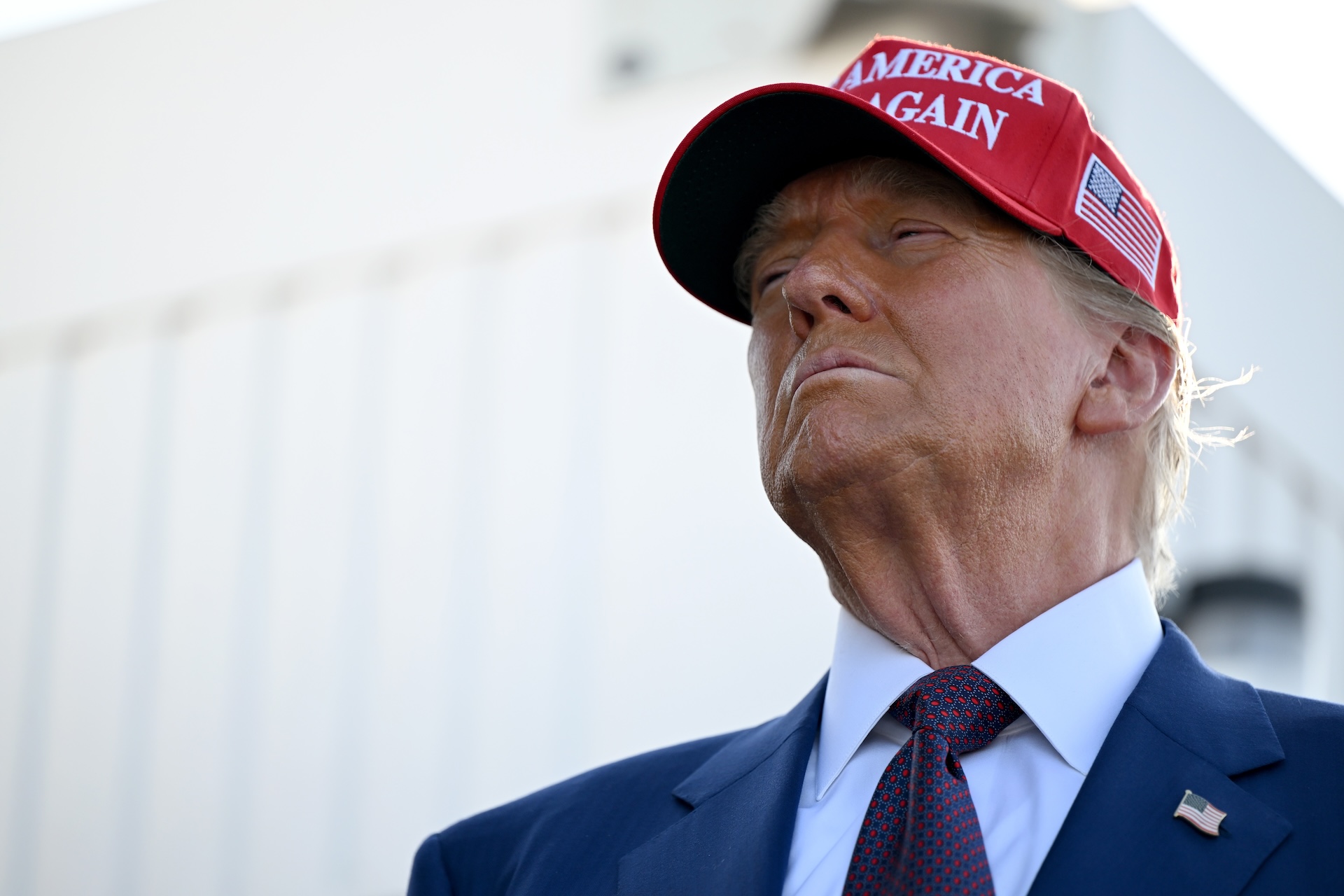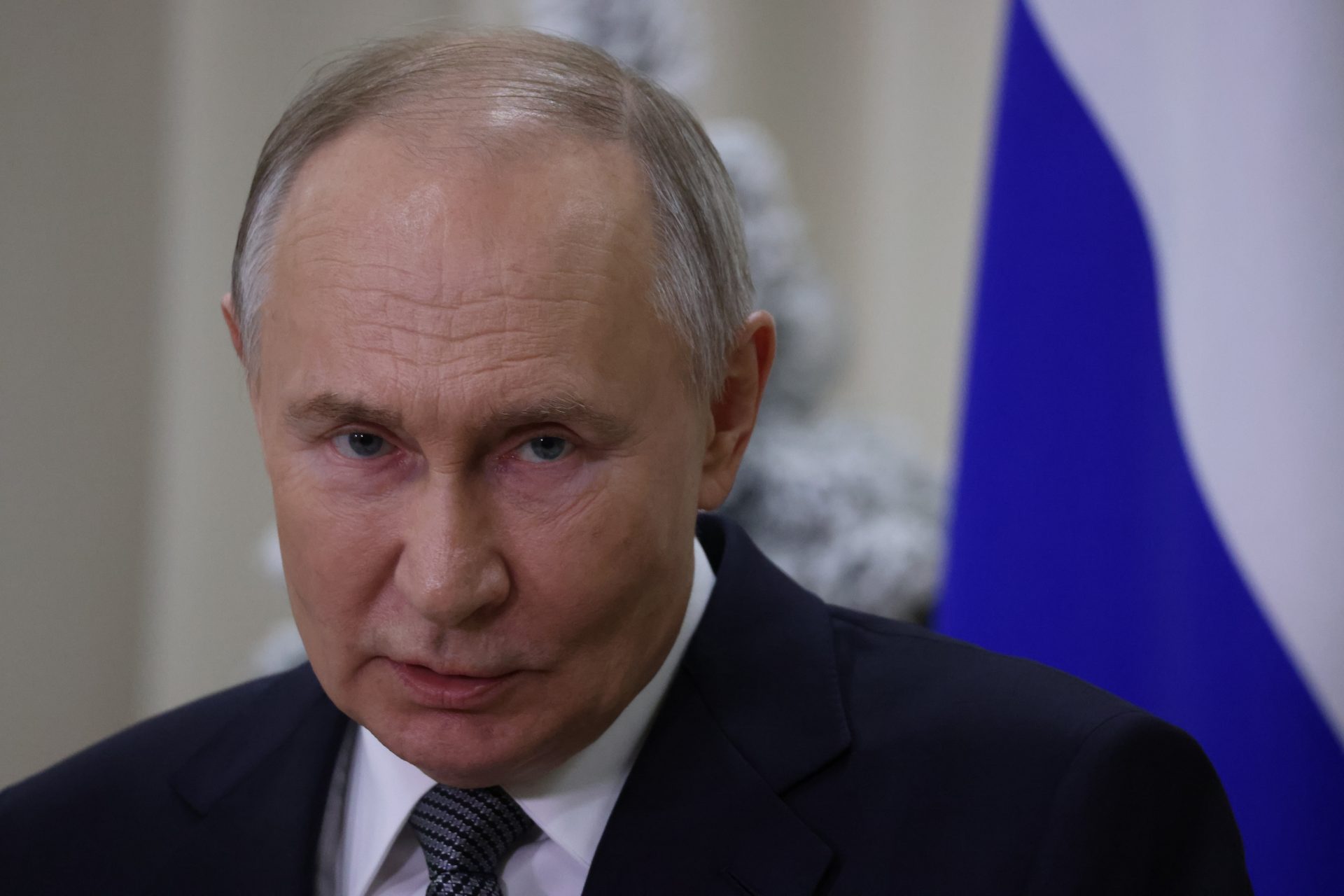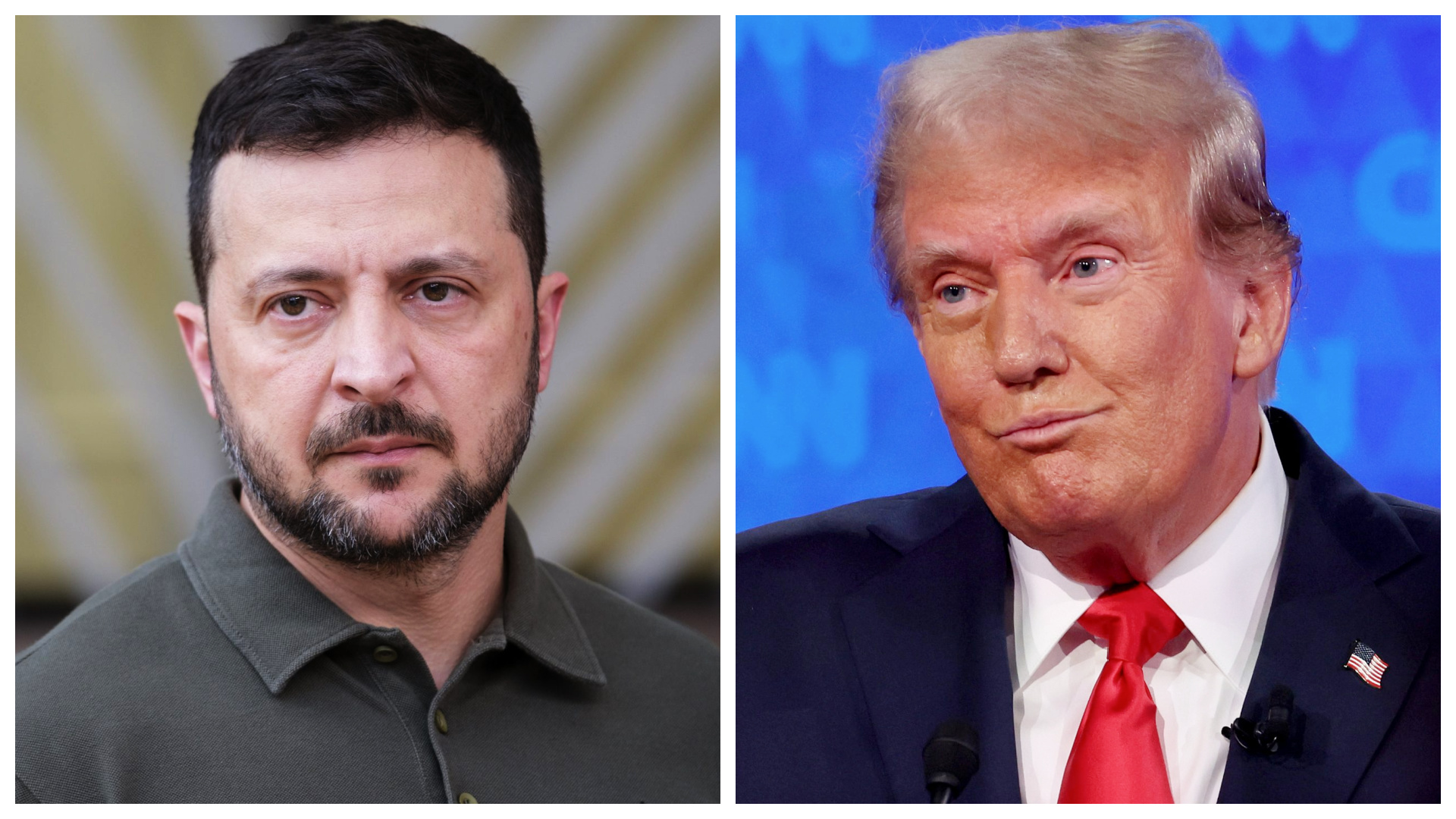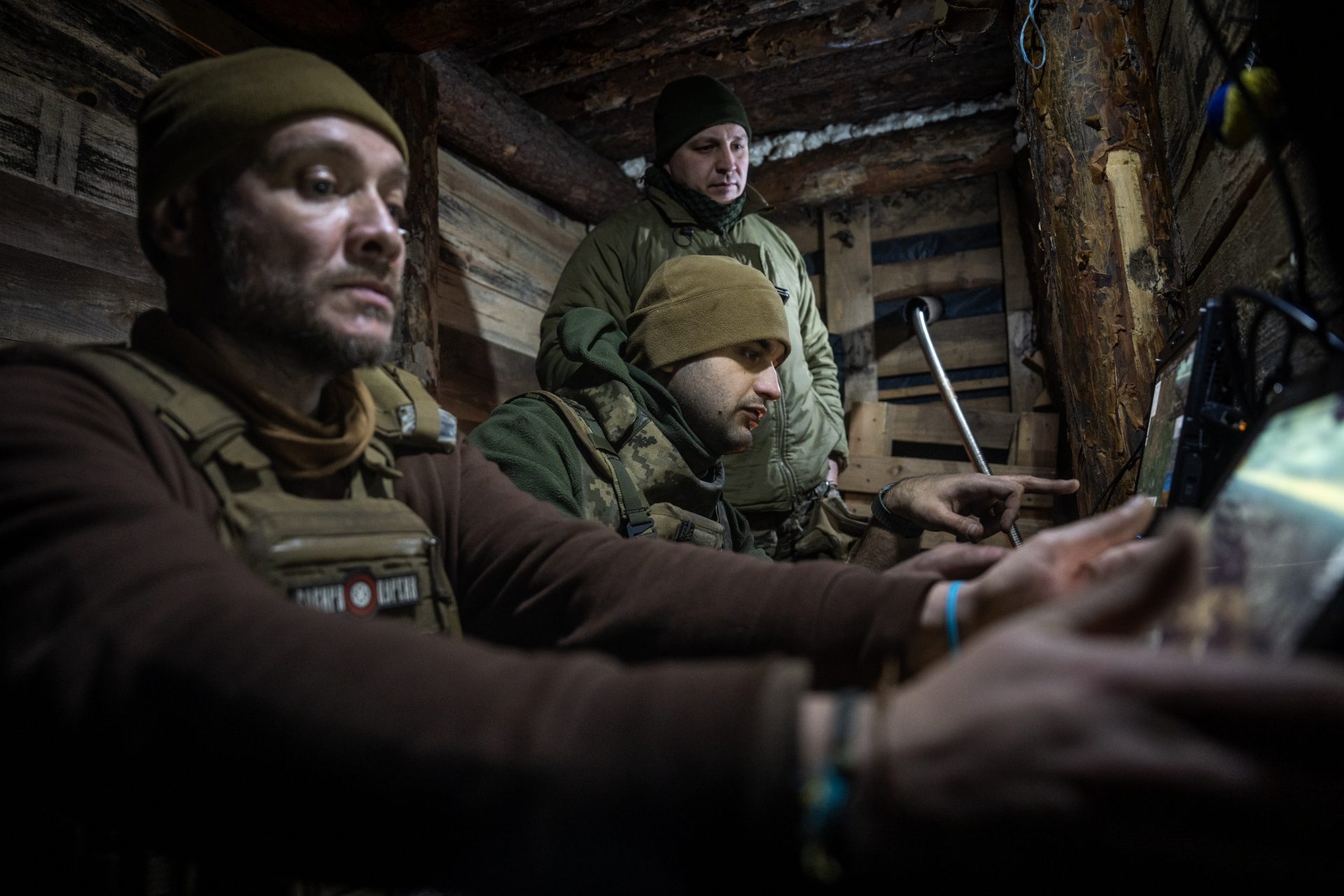Space missions that ended in tragedy
The space race officially began on October 4, 1957, with the launch of the Soviet satellite Sputnik. Subsequently, on April 12, 1961, Soviet cosmonaut Yuri Gagarin was the first human to reach space with the Vostok 1 spacecraft.
Since then, the era of space exploration has continued with essential missions that have brought human beings ever further forward in scientific discoveries concerning space.
Photo: NASA
Alongside the innumerable successes, however, there have also been missions that, unfortunately, ended in tragedy. Eighteen astronauts have lost their lives due to these tragedies since 1967.
The first fatal accident related to space missions dates back to April 24, 1967, when the parachute of astronaut Vladimir Komarov's spacecraft failed to open during atmospheric re-entry.
It was the Soyuz 1 mission, with which the Soviets aimed to reach the Moon. For Vladimir Komarov it was already his second experience in space. Unfortunately, it was also the last.
During the (rather ambitious) mission, problems had already been encountered with the vehicle's solar panels, preventing it from completing its mission and forcing Komarov to return to Earth.
However, the parachute of Soyuz 1, which had the function of slowing down the landing of the spacecraft, did not open, resulting in the astronaut's death.
Photo: NASA
Another tragedy for the Soviets involved three astronauts: Georgij Timofeevič Dobrovol'skij, Viktor Ivanovich Pacaev and Vladislav Nikolaevič Volkov. It happened on July 30, 1971.
Also in this case the tragedy occurred during the return to Earth phase. As reported by the NASA website, the last message heard by the cosmonauts on board was: "Goodbye, Yantar, see you soon on mother earth.", with astronaut Dobrovolskiy replying: "Thanks, see you. I'm starting the orientation".
After that last farewell, there were no more response messages aboard Soyuz 11. Unfortunately, when the recovery teams found the vehicle, there was nothing more they could do for the three astronauts.
After many debates on the possible cause of death of Georgy Timofeevich Dobrovol'sky, Viktor Ivanovich Pachaev and Vladislav Nikolaevich Volkov, it was determined that the three astronauts perished due to suffocation when the crew capsule depressurized during the separation of the service module causing an air leak in space.
Following this tragedy, the re-entry cockpits were redesigned and expanded, as well as allowing crews to wear pressurized spacesuits during launch and landing, never worn before.
Photo: Pixabay
On January 28, 1986, the world of space exploration was hit by another unforgettable tragedy in which Gregory Jarvis, Christa McAuliffe, Ronald McNair, Ellison Onizuka, Judith Resnik, Michael J. Smith and Francis R. Scobee lost their lives.
The seven astronauts were on board the Challenger Space Shuttle, one of the most tragic disasters in the history of space missions.
Approximately 73 seconds after liftoff, a ruptured O-ring caused hot gases from the space shuttle solid rocket booster to escape and impact the external fuel tank, causing the vehicle to explode.
Photo: NASA
This space mission, which ended in tragedy before it even began, was a major blow to NASA, resulting in the temporary suspension of the space shuttle and the creation of the Rogers Commission to determine the cause and blame for the disaster.
Photo: NASA
Unfortunately, 2003 was also marked by another mission that ended tragically. It was February 1 when the Columbia space shuttle exploded while returning between Texas and Louisiana, just 16 minutes after landing at the Kennedy Space Center in Florida.
Seven crew members were killed in the accident: Americans Rick Husband, William McCool, Michael P. Anderson, David M. Brown, Kalpana Chawla, Laurel Clark and Israeli Ilan Ramon.
The causes of the disaster were attributed to damage to the wing's leading edge during takeoff on 16 January 2003.
The vehicle's total disengagement upon reentry into the atmosphere was the second to occur during NASA's Space Shuttle program after the Challenger, causing growing concern about space missions.
Among the deaths related to space missions there are also those that occurred during testing. The latest accident, which claimed the life of Michael Alsbury, occurred on October 31, 2014, when the spaceship Two VSS Enterprise disintegrated during an atmospheric test flight in California.
Today, thanks to new technologies, space missions have reached safety levels that are certainly higher than in the past, with the hope that certain tragedies will not occur again.
Photo: Unsplash
More for you
Top Stories

























